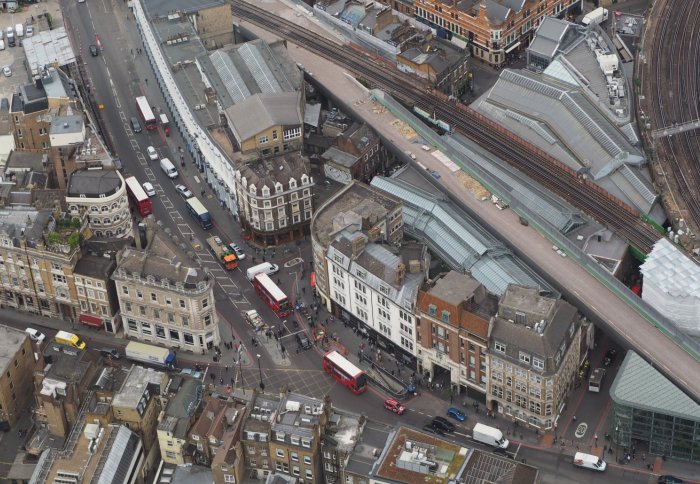Researcher discusses new lab that will tool up cities to cope with the future
by Colin Smith

A new Urban Systems Lab at Imperial is aiming to help cities like London adapt to the technologies of the 21st Century.
The Lab, launched at Imperial in October 2015, brings together the College’s vast academic and research expertise in the planning, design, operation and management of urban infrastructure and services. The aim is to prepare city infrastructure for a range of new technologies, which could make them cleaner, greener, more efficient and liveable.
Colin Smith caught up with Professor John Polak, who leads the lab, to learn more about urban systems engineering and how it can be used to make London a more technologically advanced city.
What is urban systems engineering and why is it so important for cities like London?

Professor Polak
Cities rely on many different types of infrastructure such as buildings, the energy grid, transport networks and water utilities. This infrastructure enables a range of activities to take place such as recreation, employment, education, healthcare, retail and entertainment. There are existing academic disciplines that focus on each of these systems and services, but urban systems engineering focuses on how all these parts work together, so that the city can function as a whole. By understanding this we can start to develop plans that can make cities such as London work better, which has many benefits including a cleaner environment, improved living standards, and more efficient ways of doing things to save us money and time.
If you were to pick one technology that could revolutionise London’s infrastructure and make our lives easier what would it be and why?
I think that in the coming years, it will be the combination of two related technologies: the first is automation where robotics will be used in our everyday life, and the second is the ability for different technologies, people, objects and processes to be connected and able to communicate with one another to perform tasks, via the Internet of Things. Together, these will have an enormous impact on how we live, work, travel and interact with one another both economically and socially.
Imagine a future where your driverless car takes you to work, configuring its interior into a mobile office so that you can get some work done before arriving at a meeting. You could also use the vehicle’s systems to communicate with your fridge, so that it can send the grocery order to a store, enabling tonight’s dinner to be at home when you get back from a hard day’s work. This is just one vision of how our urban infrastructure will need to cope with our complex daily demands.
This connectedness will alter the way we use our time, the types of products and services we create and consume and the ways in which we use and interact with our built environment. Urban systems planners and engineers are working now, planning for the types of infrastructure and services we will need to manage these complex processes. It is an exciting time.
There is a lot of work going on behind the scenes to make London a smart city. What is a smart city and what does it mean for Londoners?
There are many different definitions of a smart city. Some focus exclusively on technologies, emphasising for example new forms of information services such as clever apps that make finding a parking space easier. Other definitions focus on new forms of governance and decision making, so that citizens are more engaged in how their communities are governed. The definition I like best is the one developed by the Mayor of London's Smart London Board, which I have the privilege of serving on. Their definition of a smart city is one that "uses the creative power of new technologies to serve London and improve Londoners' lives". For me, this nicely sums it up.
The urban system lab pools the extensive expertise of researchers across the College. Can you tell us about a major challenge you are working on?
One of the major challenges facing cities throughout the world is to improve the efficiency and environmental sustainability of transport systems. There are particular challenges but also great opportunities associated with the use of electric vehicles, especially in fleets such as buses, taxis, and freight vehicles.
These challenges relate to creating ways of managing the interdependence between large fleets of electric vehicles and the UK’s energy infrastructure. As you can imagine, our existing energy infrastructure was not designed to accommodate the particular requirements of powering large fleets of electric vehicles. We are planning to develop new computer processing infrastructure that will enable the energy grid to support the large scale deployment of these vehicles. The work will be carried out by researchers from Imperial’s Centre for Transport Studies and the Control and Power Research Group in conjunction with academics from Zhejiang University, Tianjin University and Southeast University in China.
Article text (excluding photos or graphics) © Imperial College London.
Photos and graphics subject to third party copyright used with permission or © Imperial College London.
Reporter
Colin Smith
Communications and Public Affairs